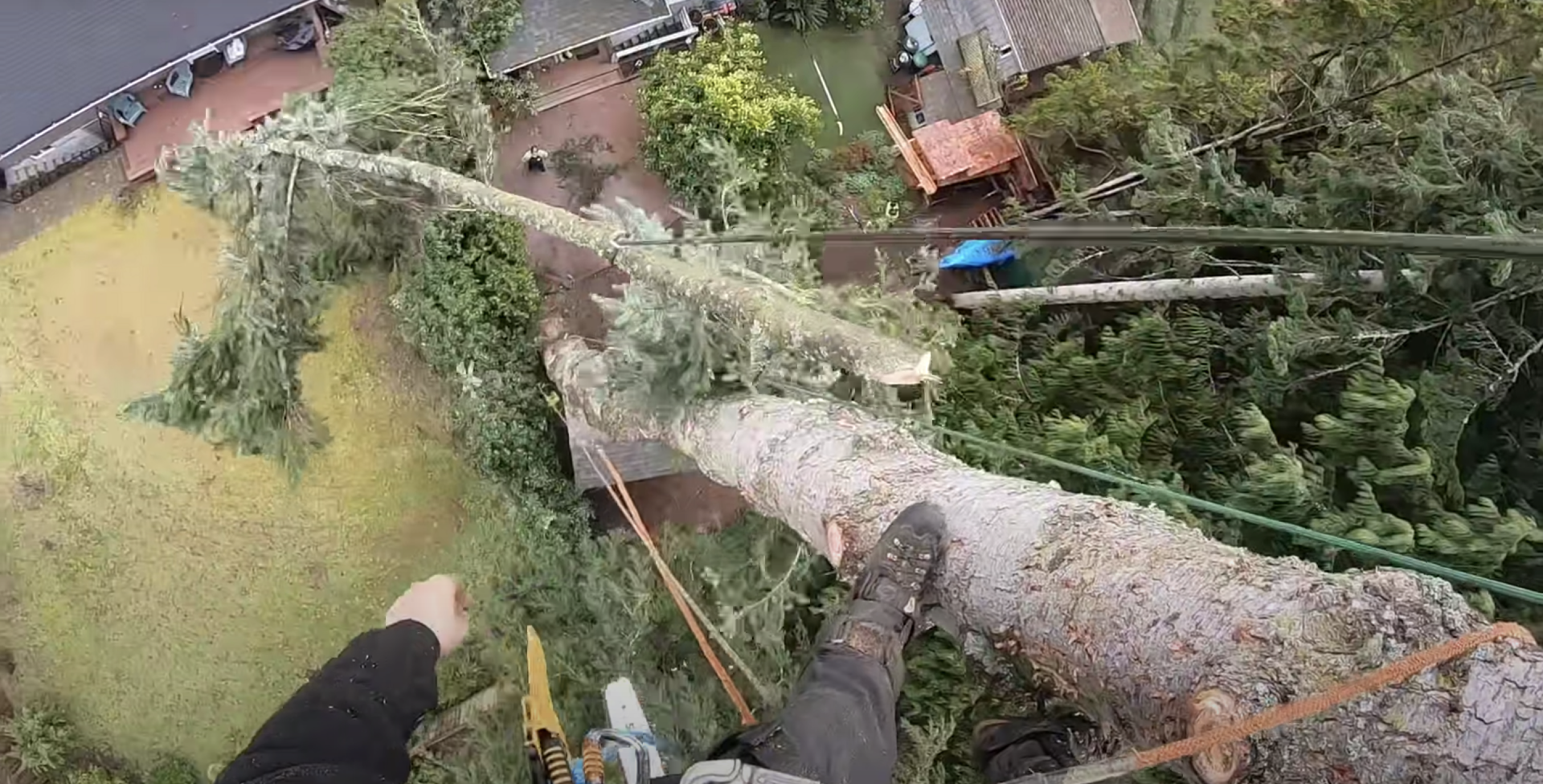Tree Surgeon Everett Wa
Tree surgeons are professionals who have knowledge of how to work with trees to perform necessary or required maintenance. Tree surgeons are often qualified individuals with certification in tree surgery. Some tree surgeons may be employed by government agencies, utility companies, or other organizations that maintain large numbers of trees.
Some tree surgeons are self-employed and offer their skills to homeowners or smaller organizations that have limited access to tree maintenance services. It is important to note that tree surgeon's skills may vary between different regions which can make it difficult for homeowners who need a tree surgeon because there may not be one available in the area they need.
Most people do not have a lot of experience with trees and may need assistance when they discover a problem. A tree surgeon can provide assistance by inspecting the tree, making recommendations for how to fix the problem, and providing services to complete the job.
A few examples of tasks performed by a tree surgeon include:
Cabling or bracing
Cabling or bracing - This is done to help support the weight of a tree for stabilization purposes.
Thinning
Thinning - This involves cutting branches off in order to reduce their size in relation to other branches so that more light can pass through the canopy which can result in improved health. Also, this may decrease the risk of branch breakage or of the tree falling over.
Raising the crown - This involves training branches to grow more horizontally which may help to improve weight distribution on the lower areas of the trunk where there is less support for additional weight. It can also result in improved sun exposure to leaves which helps with photosynthesis.
Removing diseased branches - This is done to prevent the spread of disease and may help to reduce symptomatic growth on other parts of the tree's canopy.
Evaluating internal decay - This involves drilling holes in the trunk to determine the extent of internal decay and to help guide future treatment options. This is a common procedure performed by tree surgeons.
Removing dead branches - This helps to ensure that the weight of the tree is distributed properly so that it does not become too heavy for its own structure which can result in breakage or falling over.
Removing large branches - This is done if the branch is too heavy and may result in decay or breakage. Branches that will not be removed should be well supported so as to improve weight distribution and reduce the risk of breakage.
Cabling - This provides extra support for tree limbs which typically consist of three cables wrapped around the branch and a safety cable that is installed up to a part of the tree where it cannot come into contact with another object.
Staking - This creates an extra barrier to strengthen a tree's root system which can help keep it from moving or shifting in heavy wind conditions. It also helps to provide extra support for smaller trees when they are in a weakened state.
Removing deadwood - This is done to prevent the spread of disease and insect infestation and helps to ensure that the weight of the tree is distributed properly so that it does not become too heavy for its own structure which can result in breakage or falling over.
Treating decay - This can involve disinfecting, injecting fungicides, or using insecticides.
Brushing - Branches are rubbed with special brushes to remove scale insects where they attach to the tree's bark which provides their food supply. Also, this can help remove ants if the area around the branch is also treated with insecticide.
Pruning - This helps the tree to maintain the look it has developed over time and keeps branches from growing too large or into areas that can interfere with other structures.
Tree Removal
Tree surgery, also known as arboriculture, is a field of horticulture concerned with the study, care and planting of trees. It has often been considered as a specialist branch of botany. In some areas, however, the skills needed to practice arboriculture at a basic level overlap those required for outdoor maintenance activities such as groundskeeping. In addition to these skills, arboriculture also requires knowledge of how trees grow and develop.
In some instances, tree surgeons may be required to meet the standards when performing tree surgery.
Certified arborists in the United States are represented by the
International Society of Arborculture (ISA) and certified arborists may also carry the post-nominal letters, C.A., following their name.
In some areas, a tree surgeon is required to have training in forestry, horticulture and/or botany.
Professional arborists generally hold a degree in an environmental science, forest management, arboriculture or similar disciplines.
Tree health professionals are sometimes referred to as “tree doctors.”
Tree services are often requested to remove fallen trees after storms, trim hazardous branches over roads and homes, or simply to make the tree look better.
Certified arborist graduates from the International Society of Arboriculture Tree Climbing School are qualified to perform all aspects of tree care, including removals.
A few states have passed laws that require a person to be licensed or registered before they can call themselves a professional arborist. This includes California and Oregon.

